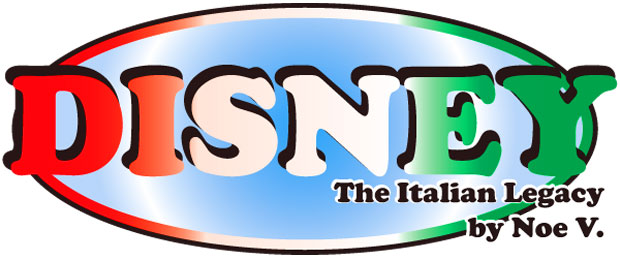
The Italians were noteworthy not solely for creating new interpretations of classic characters like Paperinik and Paperotto, but also for diverging from USA Disney canon. For example, in the USA the character of John D. Rockerduck was introduced once by Carl Barks into the Uncle Scrooge adventure the Boat Busters to help push along a plot. Rockerduck was a fellow business tycoon and he challenged McDuck to a race to find out who sold the better gasoline. Donald Duck won the race on behalf of Scrooge but was unfortunately using Rockerduck’s gasoline. In the USA the character would not be seen again save for a cameo in a “Life and Times” story by Don Rosa. Most Disney fans in the USA would recognize that Flintheart Glomgold was the older character, meant to be business rival and mortal enemy of Scrooge McDuck. Yet even Scrooge McDuck was also once meant as a one-shot character in the Bark’s universe. It was not until the character was revisited and fleshed out that he became a comic icon. In Italy and in other European stories John Rockerduck would be brought back and fleshed out as well.
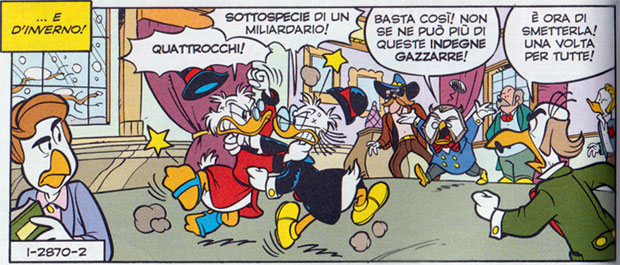
Rockerduck instead of Glomgold would take a starring role against Scrooge. The design and appearance of the character was in fact meant to balance out Scrooge more than Glomgold. Visually Rockerduck’s suit, hat, tie, glasses and sideburns were more contemporary than Scrooge’s. Rockerduck was a brash younger tycoon that did not seem to value his wealth in the same way as McDuck. His fortune was handed down by his father Howard Rockerduck, a self-made business man that helped mentor a young Scrooge decades earlier. John Rockerduck had a different approach to his business empire than Scrooge did. He believed that it took spending money in order to make money, whereas Scrooge was a notorious hoarder and penny pincher. In the comics the ducks rarely got along and were constantly getting into fights while trying to prove who was the superior businessman.
To settle things in fumetti both ducks often had a wager, this part of canon was preserved from the original Barks story. The bet was rarely over money but instead prestige in the clubs for which both ducks were members of. The loser for most of the contests had to eat their own hat. Rockerduck was often presented chewing on the brim of his bowler hat, if not for the contest bet then because he was completely fed up with Scrooge.

As if one powerful tycoon rival was not enough for the pages of Topolino, a second was added shortly after Rockerduck. The Italian Marco Rota added Brigitta MacBridge to canon in 1960. Similarly to Rockerduck and Scrooge she was originally introduced to help push along a single story. She turned out to be a memorable character and would return again and again to drive Scrooge mad.
In canon she was an old acquaintance of Scrooge and was absolutely crazy about him. She was also good friends with Daisy Duck and would often cross paths with Donald and his uncle. She was convinced that the two were meant to be together. As a self made business tycoon she was clearly not in it for Scrooge’s money either.
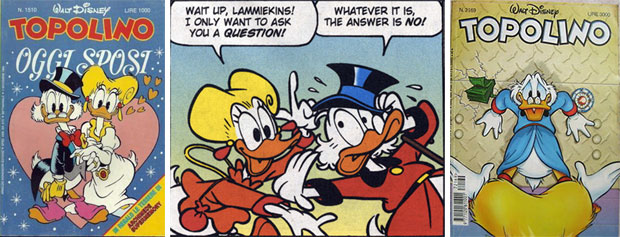
Brigitta would often hatch a plot to try to get Scrooge to confess his feelings for her, or worse, to trick him into getting married. This character seemed to balance out the Rockerduck dynamic. Both were constantly trying to undo Scrooge for their own gain. Both had enormous fortunes so that they could keep up with Scrooge no matter where he went or what business he got into. Brigitta’s appearances were thankfully more comedic than dramatic though.
Yet many western audiences were not fans of the Brigitta character, or even aware of her. Scrooge had a female rival years before Brigitta, someone that was not falling over Scrooge at every instance but instead his equal, not in a monetary sense but in personality. Italians would have to ignore one of Carl Bark’s greatest creations, Goldie O’Gilt aka Glittering Goldie, in order for Brigitta to be his main female lead.
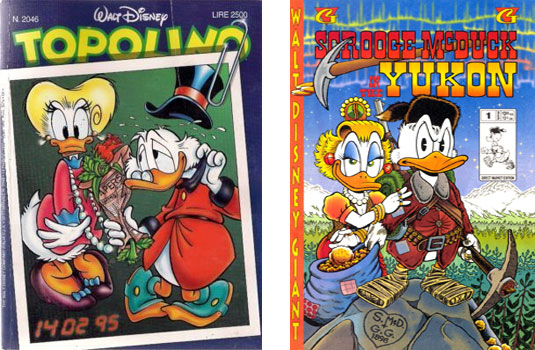
Goldie was a rival for Scrooge during his formative years in the Yukon. Over several seasons of hardship the two would grow to respect each other and more important to develop feelings for the other. Unfortunately both were too proud and stubborn to ever admit to those feelings. Scrooge left the Yukon behind and seemingly his heart as well. In flashbacks Scrooge would think fondly of his time spent up north. Goldie would always consider Scrooge the one that got away. This interesting dynamic left audiences wanting for closure to a relationship half a century in the making.
Adding superhero alter egos to established characters and creating new relationships within the canon were some of the major contributions by the Italians. One of the more controversial elements featured in the pages of Topolino, the inclusion of firearms in some of the stories, would have been a hard sell to American audiences, especially licensors and Disney stock holders. Many in the US would have never imagined seeing an icon like Mickey Mouse handling a weapon, let alone be threatened by one in a comic or cartoon.
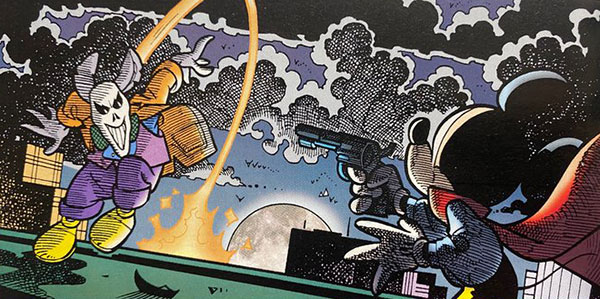
Yet guns had appeared for decades in Disney comics in the US and even animation. For example when Glittering Goldie wasn’t flirting with Scrooge she was shooting him with a shotgun. This happened in both the cartoon and comic books.
This revelation was not to say that weapons were commonplace in fumetti or other European Disney comics. If and when they showed up they fit the form of the story and certain mature themes. Paperino for example had an alter ego as a spy. In addition to being Paperinik Donald also had the responsibility as a spy for his country, known to fans as Double Duck. In the Double Duck (DD) stories sometimes a villain showed up carrying a weapon, sometimes DD had to also carry one along with his tuxedo ala James Bond. Very rarely did these comics have shoot outs and never were any of the characters depicted as getting shot or injured during the battles. The violence of the weapon was implied rather than shown. A gun served as a tool to intimidate not as an excuse by artists to draw graphic violence.
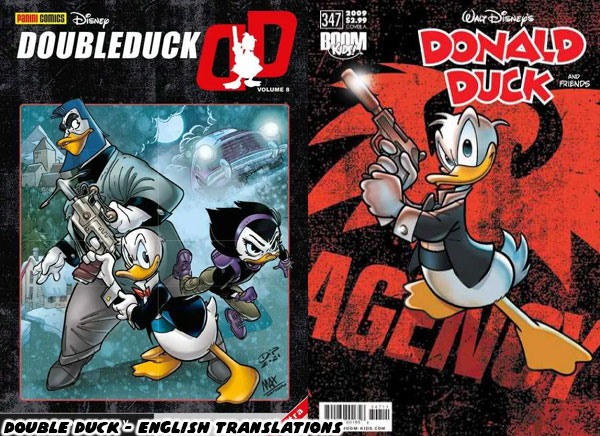
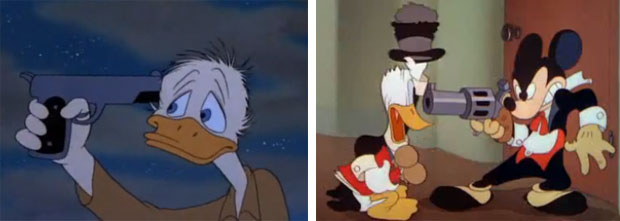
Disney Studios once used firearms in their animated projects and comics only now they seemed to shy away from any form or actual or implied violence. Topolino also used firearms but they certainly never put them flush to the temples of the icons as if they were in any real danger.
If Topolino and fumetti in general were geared only towards children then the writers and artists would certainly never have presented any weapons in the stories. At the same time they would never have produced as many memorable stories and adventures because of their audience. They would not have advanced the art of cartooning or showed how Disney comics could be written for every age.
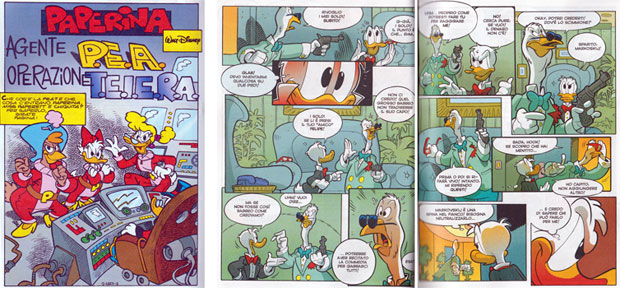
These were a few examples of the creative risks that the Italians took in the pages of Topolino. These were things that would not have been allowed if the comic were limited to a specific audience.
There was a major difference between how Disney was perceived and marketed in the USA versus Italy, or for that matter the rest of the world. Topolino was family entertainment. The comics and anthologies could be enjoyed by both kids and adults. Best of all the fumetti brought the characters to life. The Disney cartoon icons as well as original characters were featured in ongoing stories. These were certainly not reprints for aged collectors but living, breathing volumes. Not every Disney comic published in Europe was approached in the same way.
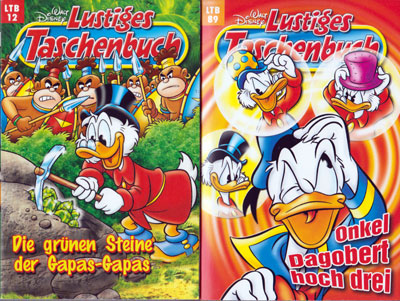
In Germany for example the anthologies featuring the Disney characters could be picked up in local bookstores. These simple 4-color books featured reprints or stories, most meant for kids with very little done in production value. Colors bled into each other and no sort of cleanup was done to enhance the original art. These issues were stale and formulaic when compared to the work featured in the fumetti.
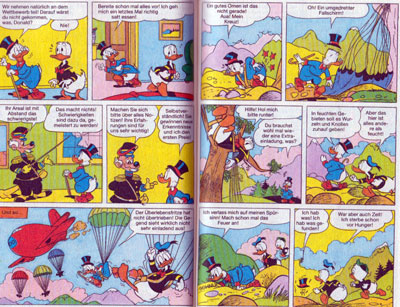
Other European countries did not settle for reprints. They were as passionate about the Disney comics and cartoons as anywhere else in the world. For example Donald Duck cartoons were viewed on Christmas Eve in Sweden as a tradition. Additionally fellow game writer Audun Sorlie mentioned how most stores in Scandinavia did not have a few Disney comics but instead had entire racks filled with the books.
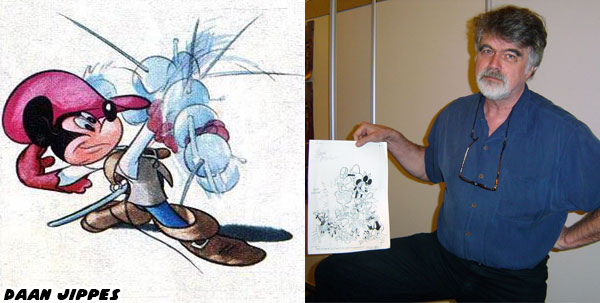
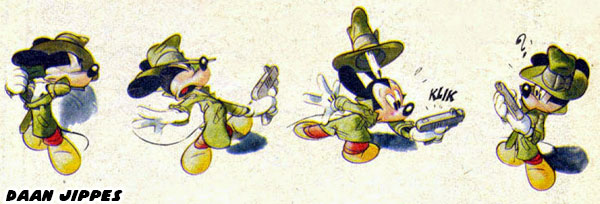
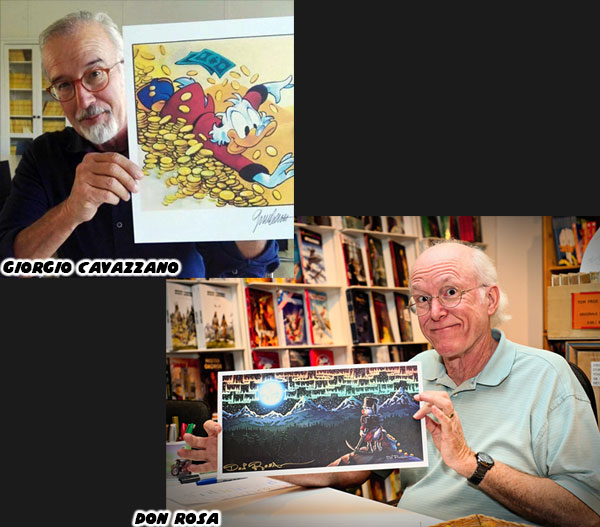
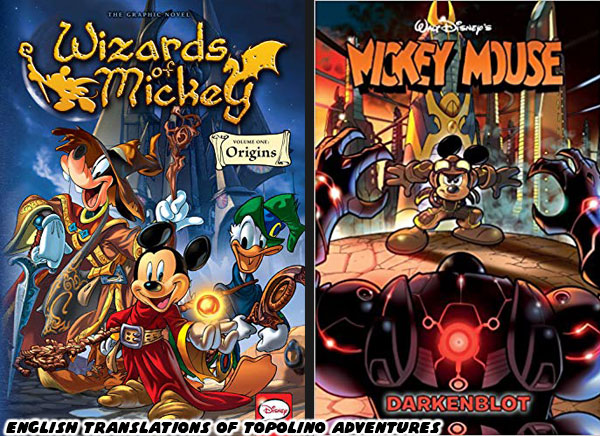

Hi Noe, I sent you a message on twitter. Please take a look, I think you'll find useful material on my site. Bye!
ReplyDelete